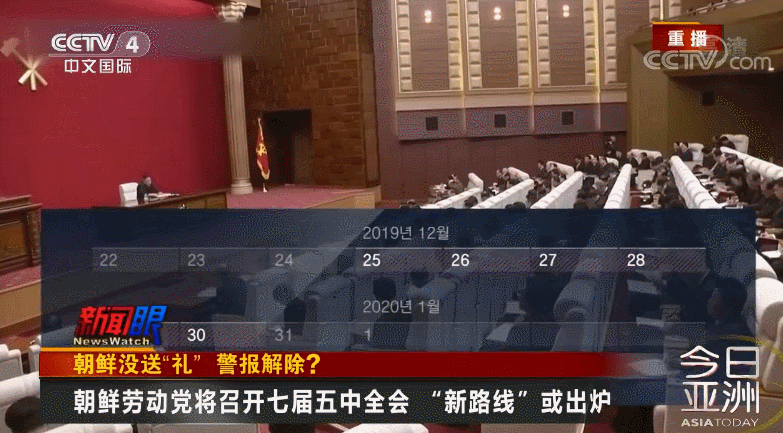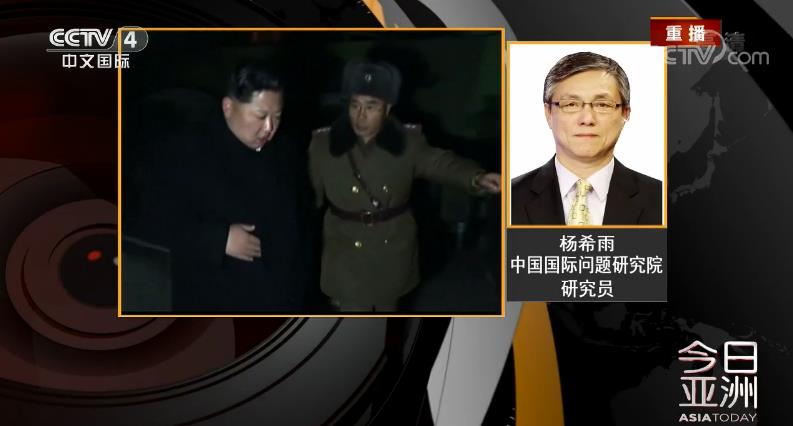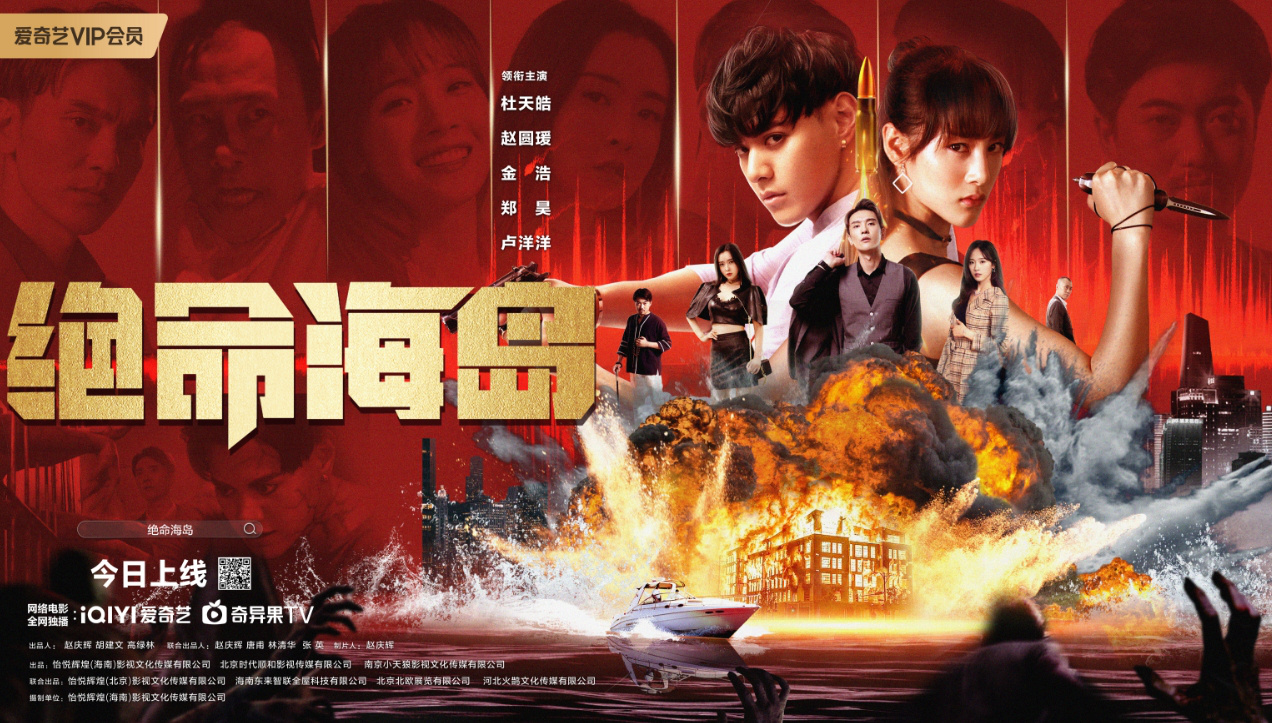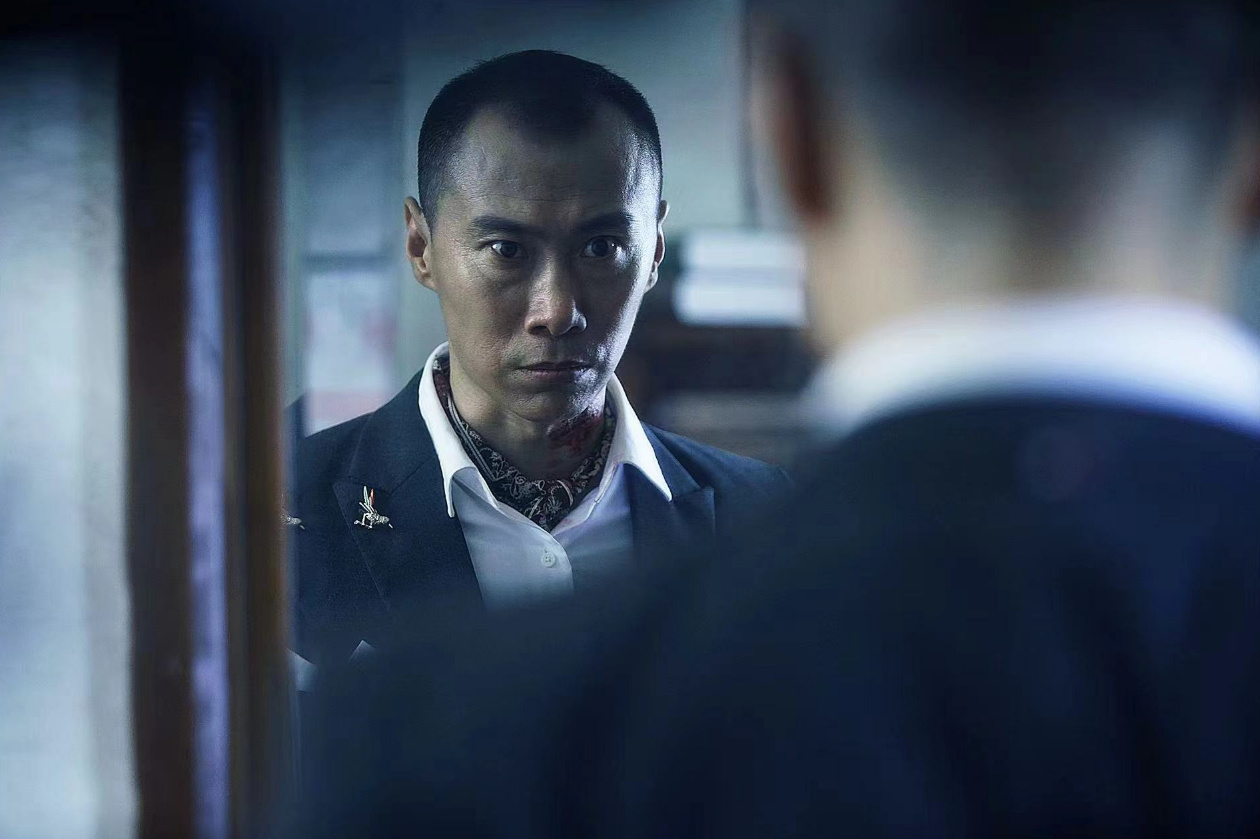Analysis of global development course and driving factors of synthetic biology
Analysis of global development course and driving factors of synthetic biology
The development of synthetic biology is based on the development of biotechnology related to "gene"
"Construction" around the gene level: Many people think that synthetic biology is "total synthetic life" in a narrow sense, that is, a cell or virus with vitality is synthesized from scratch by chemical synthesis. In fact, synthetic biology mostly uses existing or modified gene modules to assemble and build a life system that is not found in nature by engineering means. soThe core of synthetic biology focuses on the gene level..
Gene-related technological progress is the basis of promoting synthetic biology. In 1950s, with the discovery of DNA double helix structure, the deciphering of genetic code, the discovery of restriction endonuclease and the invention of PCR technology, a series of important achievements in molecular biology gave birth to genetic engineering technology. German scholar Hobom said"Genetic surgery is opening the door to synthetic biology". Synthetic biology has a great demand for the synthesis, assembly and editing of genetic materials such as DNA, so genome editing technology has been widely used in synthetic biology and accelerated its development. DNA synthesis technology is a necessary tool for human beings to explore the mysteries of life. Large-scale genomic DNA design and synthesis give us the ability to transform cell functions and even create artificial life.

Synthetic biology technology has developed to the fourth stage, and its technology and application have been comprehensively improved.
The technological development of synthetic biology has gone through four stages.
The first stage (before 2005)Represented by the application of gene lines in metabolic engineering, the typical achievement of this period is the synthesis of artemisinin precursors in Escherichia coli.
The second stage (2005-2011)With the rapid development of basic research, the number of patent applications in the year has not increased significantly compared with before. On the whole, the research and development of synthetic biology is in the stage of deepening the engineering concept, attaching importance to the enabling technology platform and accumulating engineering methods and tools, which reflects the early development characteristics of "engineering biology".
The third stage (2011-2015)The efficiency of genome editing has been greatly improved, and the development and application of synthetic biology technology have been continuously expanded. Its application fields have expanded from bio-based chemicals and bioenergy to disease diagnosis, drug and vaccine development, crop breeding, environmental monitoring and many other fields.
The fourth stage (after 2015)The cycle of "design-construction-testing" in synthetic biology has been extended to "design-construction-testing-learning", and ideas or disciplines such as "semiconductor synthetic biology" and "engineering biology" have been put forward, and the characteristics of the integrated development of biotechnology and information technology have become more and more obvious.

Synthetic biology enters the fast lane of industrial development
Since the 21st century, the engineering development of gene lines has started the "convergence" development process of synthetic biology. Subsequently, with the scientific and technological strategies and strong support of governments, basic research took the lead in rapid development, and the output of research papers continued to increase; After about 10 years’ development, the application and development of synthetic biology technology are gaining momentum, and the number of patent applications has entered a period of rapid growth; After about five years’ development, investors pay great attention to the field of synthetic biology and are enthusiastic about its development. With the investment of diversified funds, the financing amount of synthetic biology enterprises keeps rising, which further promotes the application of related technologies and the development of products.

The development of technology-driven-gene "reading-modifying-writing" technology directly promotes the industrial application of synthetic biology.
Gene sequencing、Genome Editingandgene synthesisIt is the three basic enabling technologies of synthetic biology. The development iteration and cost reduction of these three technologies greatly promote the application of synthetic biology in industry.
After the completion of human genome sequencing, the cost of gene sequencing fell faster than Moore’s law and fell sharply. Compared with the previous two generations, the third generation gene editing technology-CRISPR/CAS9 was born, and the operation process was simpler, so it was quickly popularized. The technology of gene synthesis is also constantly improving. With the decrease of DNA synthesis cost and the continuous improvement of assembly and transplantation technology, people gradually have the ability to design and synthesize the whole genome from scratch.

Policy-driven-More than 20 countries around the world have issued policies to promote the achievements of synthetic biotechnology.
In June 2014, the World Economic Cooperation Organization (OECD) published a report entitled "Emerging Policy Issues in Synthetic Biology". This report starts with the prospect of synthetic biology and thinks thatThe prospect in this field is broad, so governments are advised to seize the opportunity, and about 20 countries have introduced relevant policies..


China’s policy support-writing synthetic biology into the "14 th Five-Year Plan", all provinces followed suit and issued support policies.
In May 2022, the National Development and Reform Commission issued the "Tenth Five-Year Plan for Bio-economic Development", which mentioned "synthetic biology" many times, covering medical health, food consumption and other fields. It is pointed out in the plan that technological innovation in synthetic biology should be promoted, and key technologies such as calculation and design of bio-manufacturing strains, Qualcomm screening, efficient expression and precise regulation should be broken through, so as to promote the application in the fields of new drug development, disease treatment, agricultural production, substance synthesis, environmental protection, energy supply and new material development in an orderly manner. At the same time,In the Tenth Five-Year Plan, all provinces have also involved in supporting the development policies of synthetic biology..

Capital-driven-capital promotes the investment and financing upsurge of synthetic biology, and the listing of star companies adds fuel to the industrial climax.
Driven by policy and innovation, the investment and financing of synthetic biology has shown a trend of rapid growth in recent years. By 2019, there were more than 730 companies in the field of synthetic biology worldwide. According to SynBioBeta’s data, from 2010 to 2020, there were 1,130 global investments and financing in synthetic biology, with a total amount exceeding $21 billion. In 2020, synthetic biology enterprises received financing as high as 7.8 billion US dollars, 2.5 times that of the previous year. In 2021, the amount of financing in the field of synthetic biology reached $18 billion, almost equal to the total amount of financing in the previous 12 years.
According to the statistics of Reportlinker, the global market scale of synthetic biology exceeded $10 billion for the first time in 2021, and it is expected to reach $33.6 billion in 2026, with a compound annual growth rate of over 27%.

China is active in investment and financing in the field of synthetic biology, and start-ups have been established.
The financing stage of synthetic biology enterprises in China tends to be early. In 2021, the number of investment and financing will reach 16, but the amount of investment and financing is the same as in previous years. As can be seen from this,There are many start-ups in synthetic biology..


The following is an excerpt from the main body of the report.:















